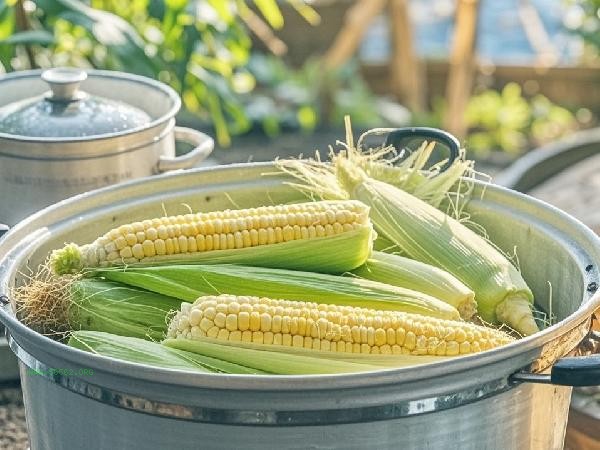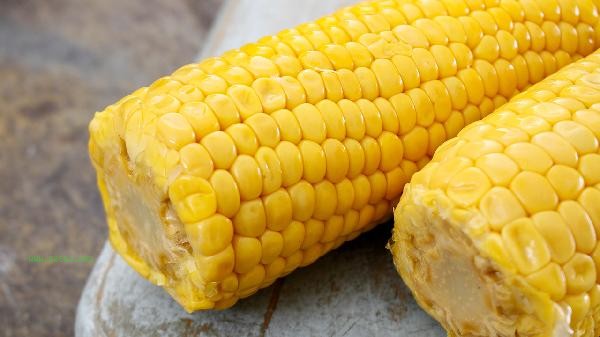Whether corn is cooked thoroughly can be comprehensively judged by observing color changes, testing particle softness and hardness, smelling odors, observing the condition of corn whiskers, and using chopsticks to poke and press.

1. Color Change
Raw corn kernels appear light yellow or milky white, and after cooking, the color will significantly darken and brighten. Purple corn or flower corn will have a brighter color after cooking. If you find that some parts of the color are still green or dull, it may not be fully cooked. It is important to observe the overall color uniformity of corn cob to avoid partial undercoating caused by uneven heating.
2. Soft and Hard Particles
Gently pinch the middle of the corn kernels with your nails. Once the corn is ripe, it will easily create indentations and a small amount of milky white juice will seep out. Old corn can only be judged by pinching it to the bottom. If you feel that the particles are hard or there is no juice seeping out after pinching, you need to extend the cooking time. Note that fresh sweet corn is easier to ripen and soften than old corn.
3. Odor Identification
Raw corn has a grassy flavor and emits a distinct sweet aroma when cooked. When there is a strong corn aroma wafting out of the pot and the astringency has completely disappeared, it is usually fully cooked. If you smell a smell similar to raw starch, it indicates that the internal starch has not been completely gelatinized and needs to be further heated.

4. Corn Whisker Status
The silk at the top of fresh corn is tightly attached to the corn cob in its raw state, and after cooking, it becomes fluffy and easy to fall off. When checking, gently pull the corn silk. If it can be easily separated and there is no adhesion at the roots, it indicates that the heating is sufficient. This method is particularly suitable for judging corn boiled with leaves.
5. Chopstick Test
Insert the chopsticks into the thickest part of the corn cob, and if they can easily penetrate without feeling obvious resistance, it is considered ripe. Old corn needs to be tested at multiple points, with the central part being the most difficult to fully ripen. When frozen corn is not completely thawed, there may be a situation where the outer layer is fully cooked while the core is cold.

It is recommended to use a combination of multiple methods to determine the maturity of corn, as the time required for different varieties and maturity of corn varies greatly. Sweet corn is usually boiled in water for 8-10 minutes, while glutinous corn takes 15-20 minutes. Adding a small amount of salt during the cooking process can help soften the fiber, but it will weaken the sweetness. After cooking, it is recommended to immediately remove and drain to avoid nutrient loss caused by prolonged soaking. If you cook a lot of corn at once, you can first take out one to test its ripeness, and then adjust the overall cooking time. When storing ripe corn, it should be refrigerated and consumed as soon as possible. Steaming during reheating can better maintain the taste than microwave heating.








Comments (0)
Leave a Comment
No comments yet
Be the first to share your thoughts!